Having a well provides fresh water and can do so for many years. Maybe your well is going dry or you are anticipating what will happen when yours does run dry, so it has you wondering how to fix a dry well. Don't worry. We have researched all about ways to fix a dry well along with more need-to-know facts regarding having a well.
In order to fix a dry well, you can either dig the well deeper, lower or replace your water pump, or look into hydrofracking. Some cases only require time for the aquifer to refill or for rain to fall. It is not common for wells to dry up completely for up to 30 years.
There are a lot of important aspects to consider when it comes to utilizing a well for the water you are dependent on. If you would like to learn more about the signs of a dry well, whether or not you can add water to a dry well, how often wells dry up, and more, please continue reading this post.
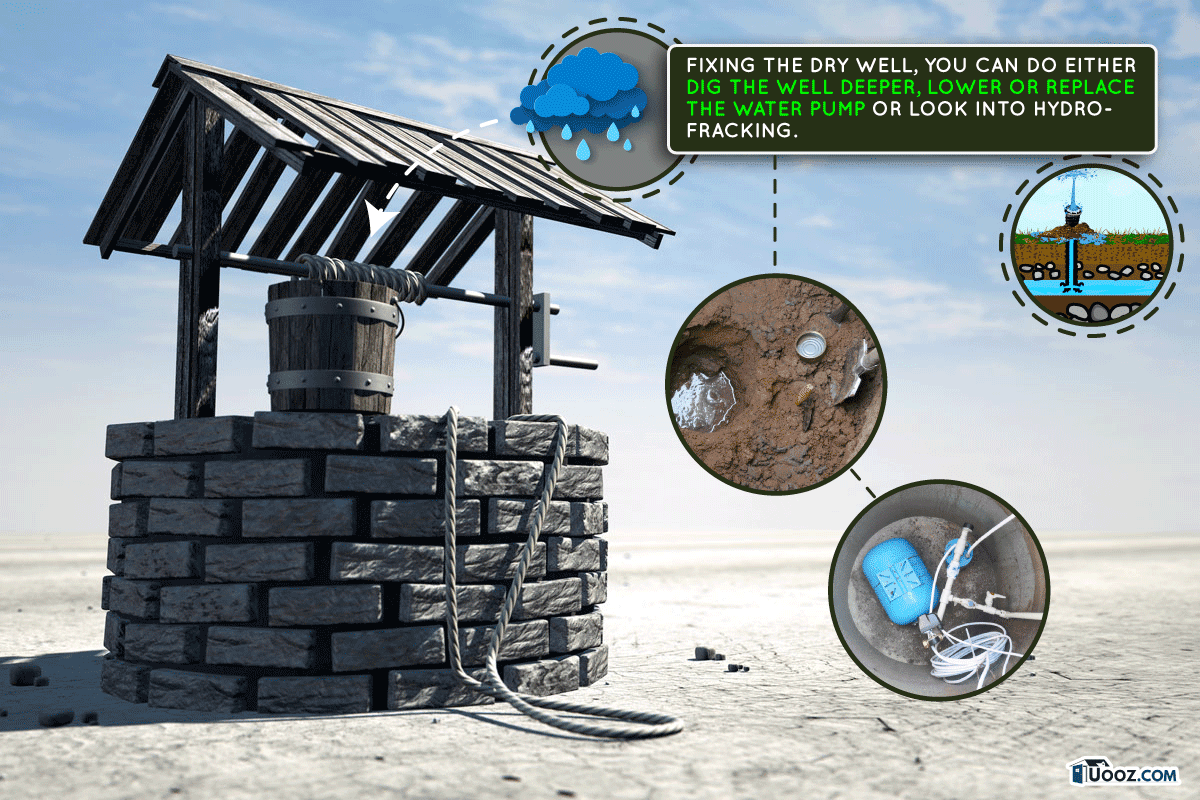
What Are The Signs Of A Dry Well?
There are many signs that your well is running dry. You might notice your water doesn't look as clean anymore. Perhaps it is murky or you see that the water in your glass is sandy or muddy.
If your water is muddy, murky, or sandy, there is a simple explanation. The water is likely coming from the bottom of the well where the sediments have gathered up over time and are no longer being filtered out.
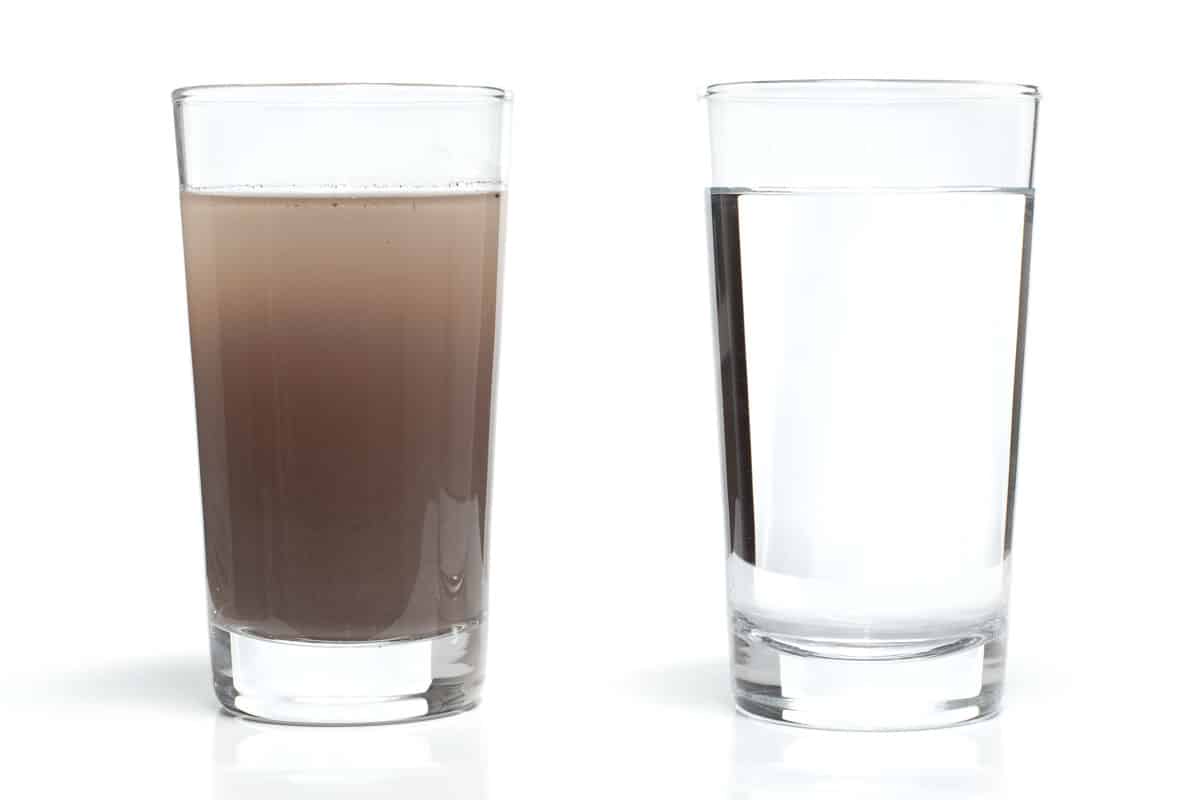
Additionally, an indicator of a dry well is if the water starts tasting differently than normal. If it has an odor that wasn't present before, your well might be drying up. This is an important time to check the water level in the well due to harmful bacteria that could be causing the water to taste or smell odd.
Another way you can tell your well is likely going dry is if the water starts sputtering from the faucet rather than flowing freely. When this happens, air is blown out or nothing at all. This happening more often than normal is another indicator that your well is running dry.
More Signs Your Well Is Going Dry
A reduction in water pressure can be a sign of your well drying up too. Check multiple sinks throughout your home to see if this problem is consistent.
If you have an issue with water pressure across all of the faucets in your home, then your well is likely going dry rather than a typical blockage you may have considered to be the problem otherwise.
It is possible your well and well pump just need a break. Give the aquifer time to refill without wearing down the pump.
You might see a significant increase in your electric bill which is because the water pumps have to work harder and more often which takes more energy, costing more money over time. This happens when the pump is trying to sustain a full tank when that is becoming more and more difficult as the well is drying.
Neighbors who live in rural areas sometimes share a well. If your neighbors are having similar problems with murky or muddy water, the well is likely drying up. That brings us to the question of how do you fix it?
Can You Add Water To A Dry Well?
While technically you could add water to a dry well, it is not something you should do. Adding water to a dry well will likely damage your well. It is also a potentially dangerous solution that is not worth the risk.
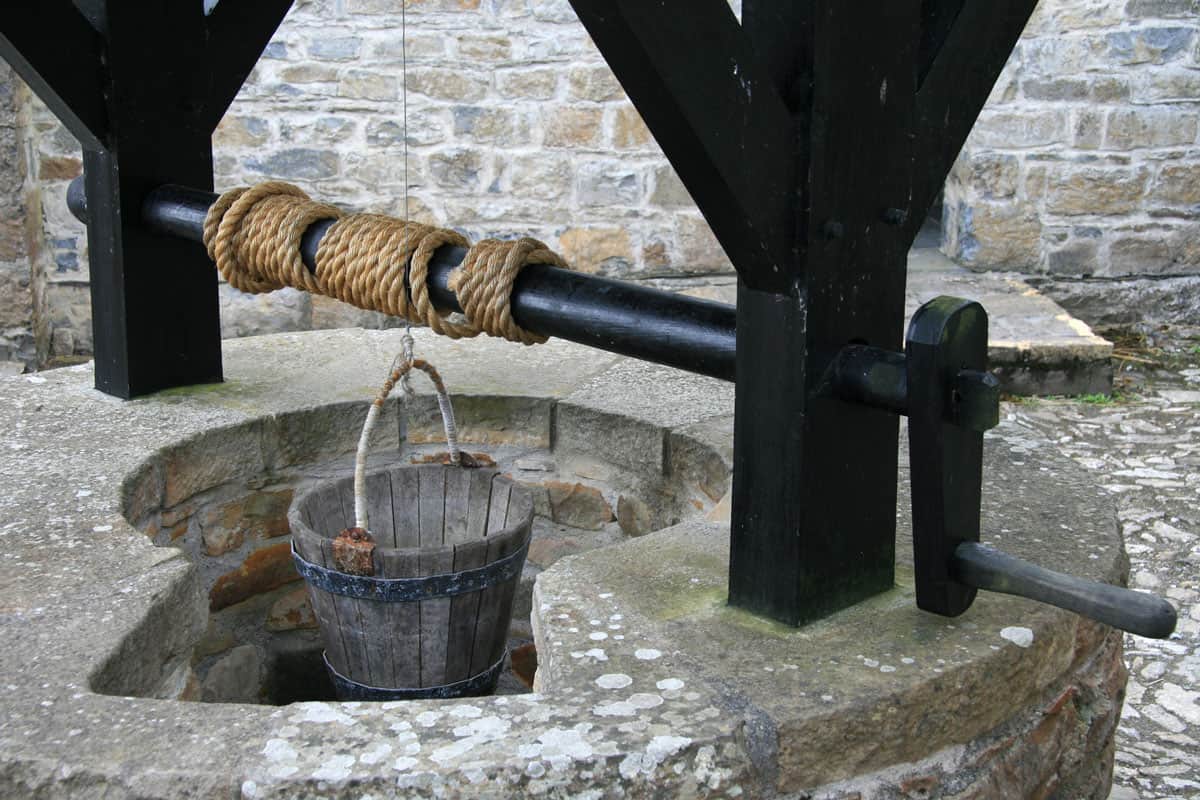
Another one of the reasons you should not add water to a dry well is that the new water might mix with bacteria left behind from the walls and bottom of the well. This will contaminate the water. In the past, people have died from doing this.
What Causes A Well To Run Dry?
There are a few explanations for why a well runs dry. On occasion, the well is not actually dry at all. The pump could be malfunctioning. It is a good idea to check out your well before assuming it's a done deal.
Hopefully, we can help you find a solution if you are seeing signs that your well is going dry. One explanation is that the groundwater is too low for the pump to get to. In this case, you can potentially lower the pump to solve the problem.
Sometimes the surface of the water is too low. You can usually lower the pump as long as you have a submersible pump. This is a possibility as long as there is additional depth to lower the pump into. If you have a jet pump, the answer is not as simple.
Click here to see this submersible well pump on Amazon.
Ultimately, whether or not you can lower the pump you have in your well may need to be decided by a professional. You might want to reach out to a technician if you do not have experience with this sort of thing.
Sometimes a lack of rain will cause a well to run dry. You may need to find a temporary alternative for your water source.
Click here to see this water dispenser on Amazon.
A well pump that is used too aggressively and often can deplete the aquifer. This is another reason your well might be running dry. If you continue to run the pump while the well is empty, you are risking damaging the pump permanently.
Does A Well Replenish Itself?
An aquifer can become recharged and replenished, yes. A well running totally dry is not very common. A lot of the time, the well just needs to be left alone.
Conserving water is one way to make your well water last longer. Make sure you have given enough time for the aquifer to replenish before worrying about whether or not your well has gone dry.
Can You Restore A Dry Well?
Having a dry well is not always the end of the story. There are a couple of ways you can restore a dry well. One way to restore a well is by digging deeper to deepen the well.
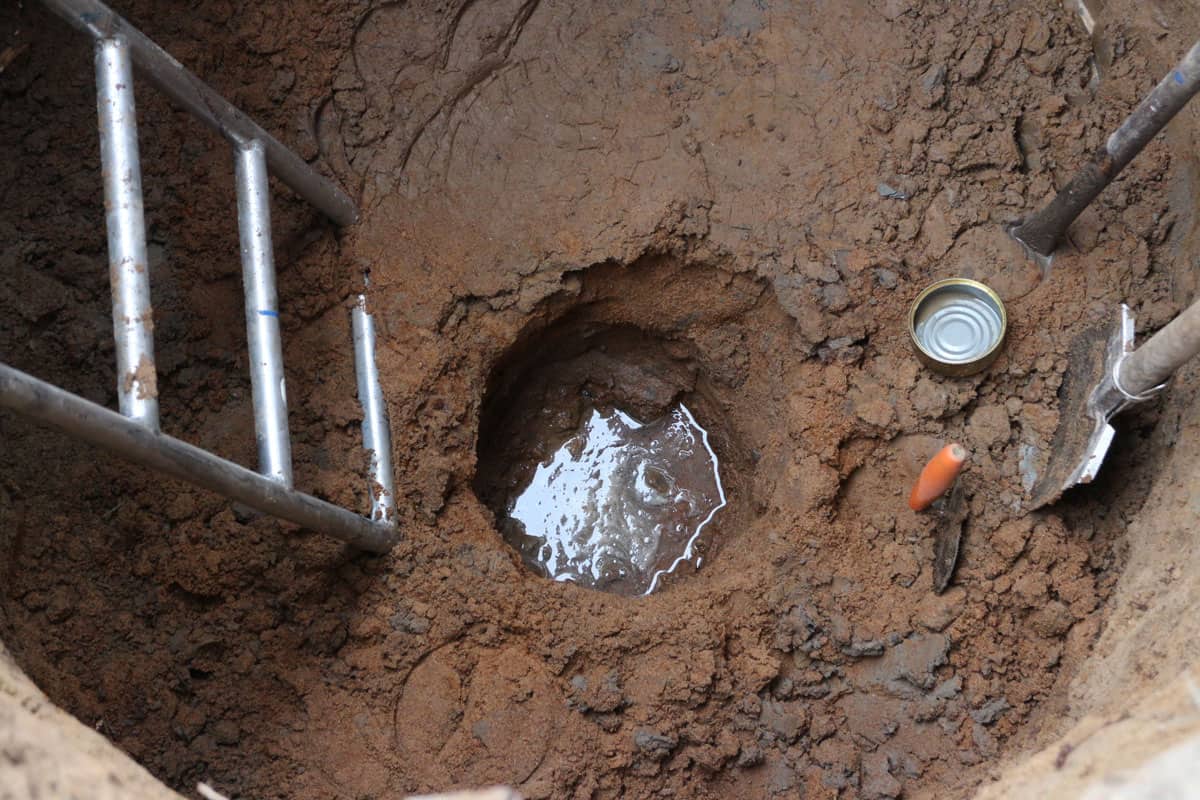
Hydrofracturing, more commonly known as hydrofracking, is arguably the best way to restore a dry well.
The way it works is by utilizing water that is highly pressurized which is then sprayed to remove the minerals, and the sediment that's blocking it fractures.
Make sure you hire a reliable professional if hydrofracking is the solution for you.
How Often Does A Well Dry Up?
The answer to this question usually depends on how long it takes for the groundwater to become depleted. In most cases, wells last somewhere between 20 and 30 years. At this point, the well can either be dug deeper and the pump lowered or maybe it has truly been tapped out.
If your well has completely dried up and you are out of other options, you may need to consider locating a new aquifer on your property. This is a possibility, but it is not always guaranteed.
How Much Does It Cost To Replace A Well?
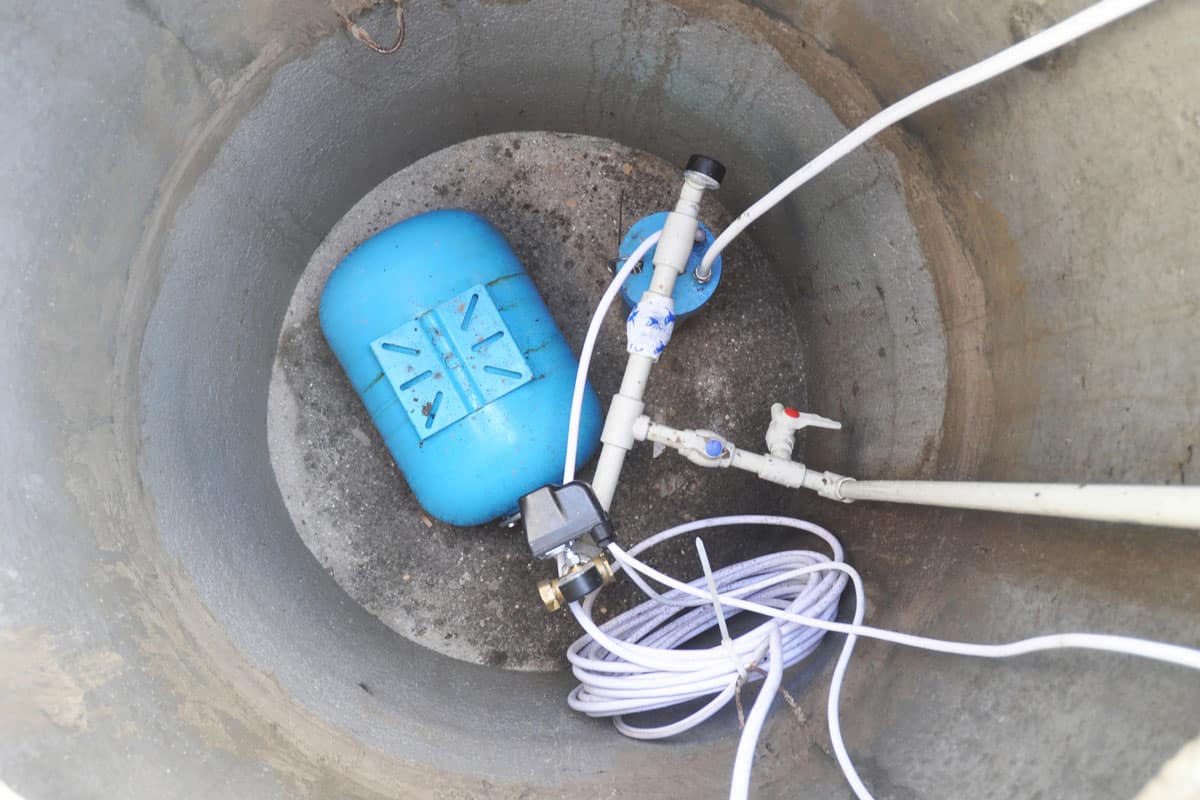
It can be expensive to replace a well pump, let alone an entire well. You need to confirm you are out of other options before replacing a well. You may be able to replace the well pump instead.
Click here to see this 440-foot well pump on Amazon.
Well pumps range in price from approximately $250-5,000. That is quite the difference! If replacing the well pump is not an option in your situation, you probably need to think about what options you have available to you for a consistent water source.
The way to gauge how expensive it will be to dig a new well is by considering how deep your well will be, the process of getting to the area and digging it, the crew doing the job, and many more factors.
If your well is only 50 feet deep, deepening it is not out of the question. On the other hand, if your well is already hundreds of feet deep, it is probably time to think about other options.
When it comes to hydrofracturing, the cost is roughly somewhere between $2,000-5,000. This is comparable to replacing the well pump unless you can find one that is on the lower end of the price range we mentioned earlier.
In Closing
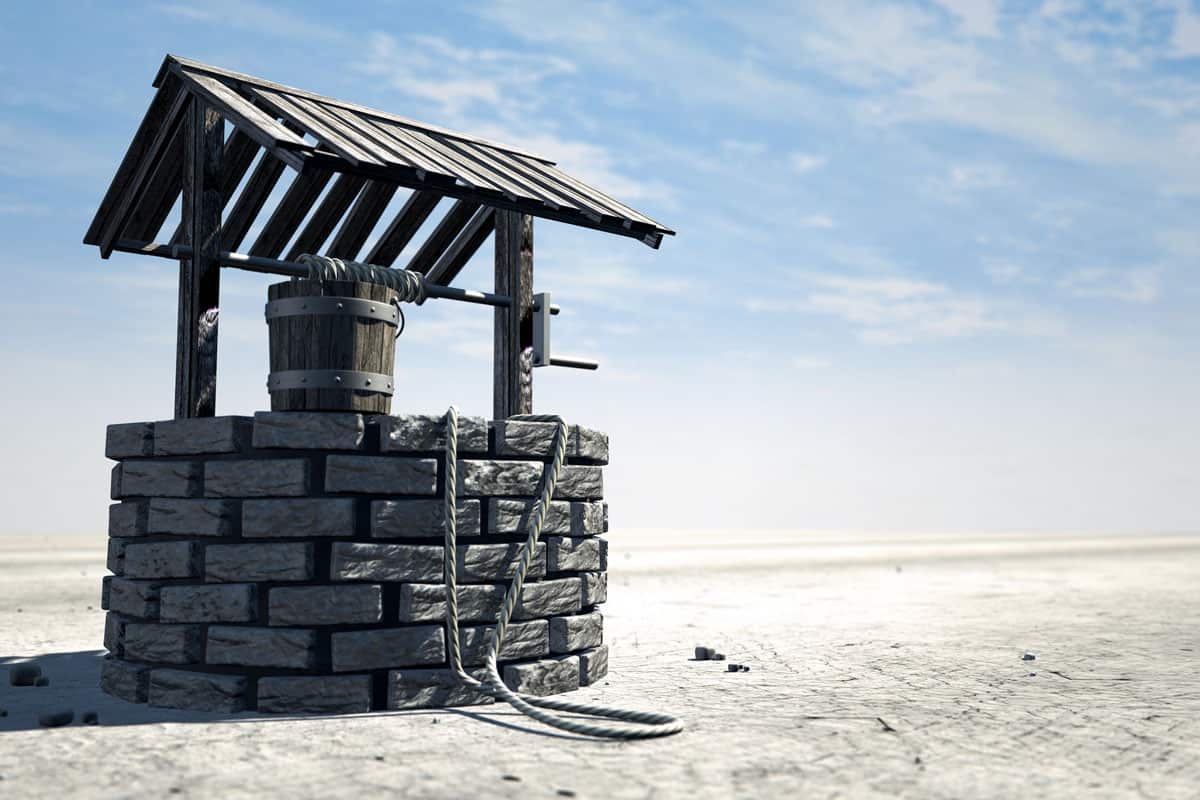
With all things considered, there are a couple of ways to fix a dry well. You can either dig deeper into the well if that is an option for you, replace the well pump, or consider hydrofracking. The other option is to dig a new well. Remember not to add water to a well because doing so is potentially dangerous.
Before you go, check out the following links related to questions you may have about your well:
How Long Can A Well Pump Run Continuously?



